Though Sikhs are mainly concentrated in Panjab after the Partition of India in 1947, Delhi has the distinction of having the largest population of Sikhs in any city – nearly one million. As the capital of India, Delhi has been associated with Sikhs since the inception of Sikhism. Five Sikh Gurus – Guru Nanak, Guru Hargobind, Guru Harkrishan, Guru Tegh Bahadur was executed under the orders of the contemporary Mughal Emperor Aurangzeb, and Gurudwara Rakabganj, where the Guru’s body was cremated, there are various other historic gurdwaras in Delhi. Gurdwara Nanak Piao was build inmemory of Guru Nanak’s visit; Gurdwara Majnu ka Tila is associated with Guru Nanak and Guru Hargobind; Gurdwaras Bangla Sahib and Bala Sahib are associated with Guru Harkrishan; Gurdwaras Moti Bagh and Damdama Sahib with Guru Gobind Singh; Gurdwara Mata Sundri with Guru Gobind Singh’s wife, and a gurdwara in Mehrauli commemorates the martyrdom of Banda singh Bahadur who liberated Panjab from the Mughals. The Sikh community in Delhi is influential and plays an active role in the social, economic and political life of the city. The historic and other gurdwaras draw a large number of Sikhs from Delhi and other states everyday. Donations received from the devotees are used by the management committees of the gurdwaras to operate educational, medical and social institutes in the city – realizing the Sikh ideal of sarbat da Bhala. Dr. Amrik Singh, eminent educationist and former Vice-Chancellor of Punjabi University, Patiala, has contributed the text while Sondeep Shankar, India’s leading photographer, has provided the pictures covering historical sikh gurdwaras in Delhi.
Fifty Years of Higher Education in India: The Role of the University Grants Commission
The University Grants ...
$26.60
$28.00

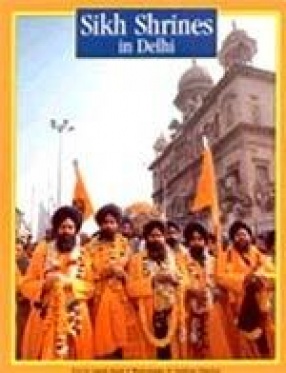
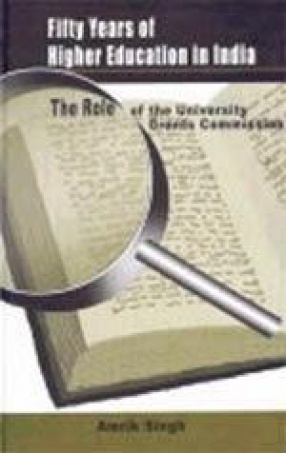

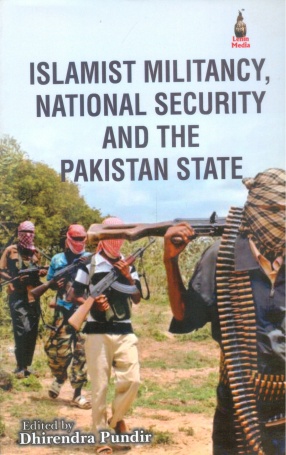
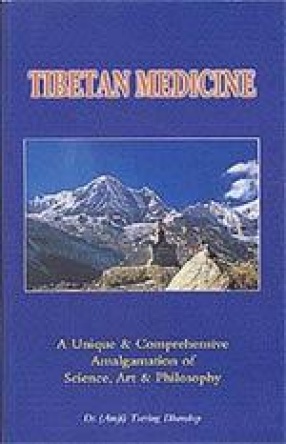
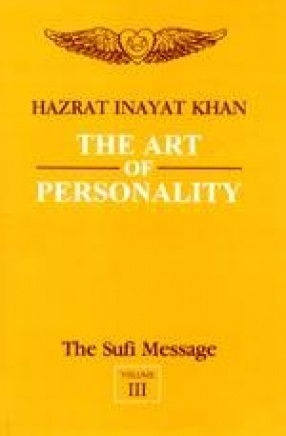
There are no reviews yet.